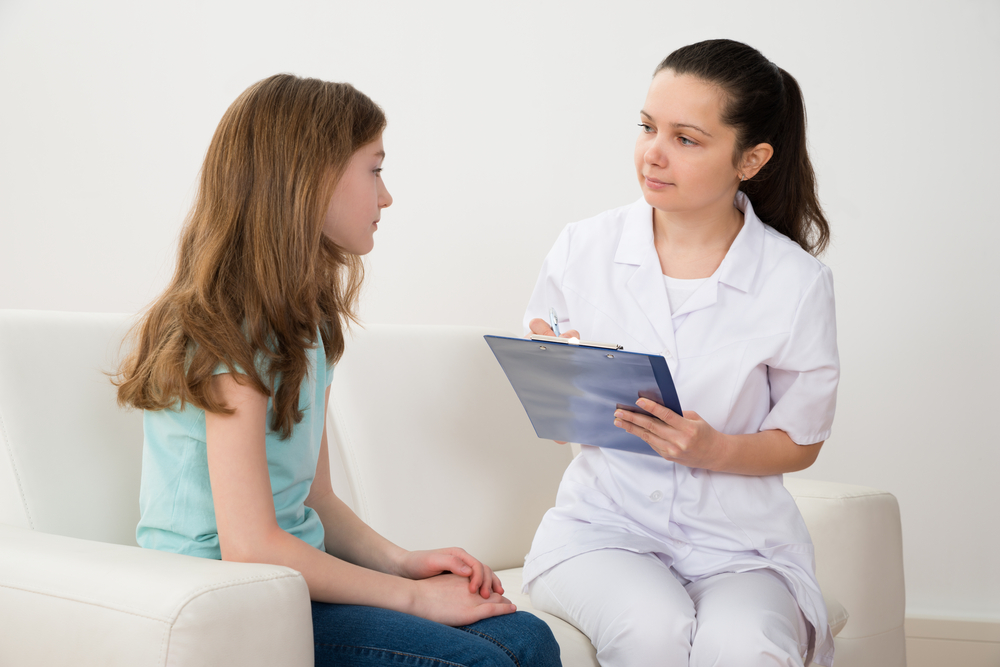Attention-deficit hyperactivity disorder (ADHD) is a complex and multifactorial neurodevelopmental disorder that is listed in the Diagnostic and Statistical Manual of Mental Disorders, Fifth Edition (DSM-5). It is characterized by a persistent pattern of age-inappropriate symptoms of inattention, hyperactivity, or impulsivity. ADHD is extremely common, as the worldwide prevalence of ADHD is estimated to be around 2.2% in children and 2.8% in adults. According to the Centers for Disease Control and Prevention (CDC), nearly 3.3 million children between ages 12-17 have been diagnosed with ADHD in America. Although the cause for developing ADHD remains unknown, research has indicated that genetic factors, environmental factors, and developmental delays may contribute to its possible development. If left untreated, the symptoms associated with ADHD will interfere with one’s ability to function optimally in his or her daily life.
Treatment
Every person is different and will benefit most from a customized treatment plan that is reflective of his or her distinct needs. Treatment plans for ADHD are typically comprised of a combination of certain medications (e.g., Vyvanse, Adderall XR, Dexedrine, Ritalin, etc.) as well as one or more therapeutic treatment modality. Some of the therapeutic methods that are integrated in ADHD treatment plans include talk therapy, cognitive behavioral therapy (CBT), dialectical behavior therapy (DBT) , expressive arts therapies, and relaxation techniques. Cognitive behavioral therapy helps a young person identify and acknowledge his or her unhealthy thought processes which had led to harmful behavioral patterns. Subsequently, he or she will then learn to replace the unhealthy thought processes with healthy ones, which in turn will result in healthier behaviors. DBT is a therapeutic modality based on the CBT approach that places greater emphasis on the psychosocial aspect of treatment. Though DBT an adolescent will learn an array of mindfulness-based skills to effectively navigate his or her emotions. This allows for healthier relationships and improves interpersonal skills. Expressive arts therapies are helpful for a teen with ADHD, as through engaging in various art activities, a teenager can work through emotional challenges and learn to manage the symptoms that accompany ADHD. Some of the relaxation techniques that could be integrated into one’s plan may include meditation, yoga, and exercise. The most effective treatment plans rely on a blend of different approaches to ensure all nuanced needs are accommodated.
For Information and Support
Every family in need of mental health treatment must select a program that will best suit the needs of their family. When one member of a family struggles, it impacts everyone in the family unit. To maximize the benefits of treatment we work closely with the entire family to ensure that everyone is receiving the support they need through these difficult times. Seeking help is never easy, but you are not alone! If you or someone you know needs mental health treatment, we strongly encourage you to reach out for help as quickly as possible. It is not uncommon for many mental health difficulties to impact a person’s life, long term. Pursuing support at the beginning of one’s journey can put the individual in the best position to learn how to manage themselves in a healthy way so they can go on to live happy and fulfilling lives.
OUR KNOWLEDGEABLE ADMISSIONS TEAM CAN BE REACHED 24/7 AT INFO@PACIFICRTC.COM OR CALL: 800-531-5769






